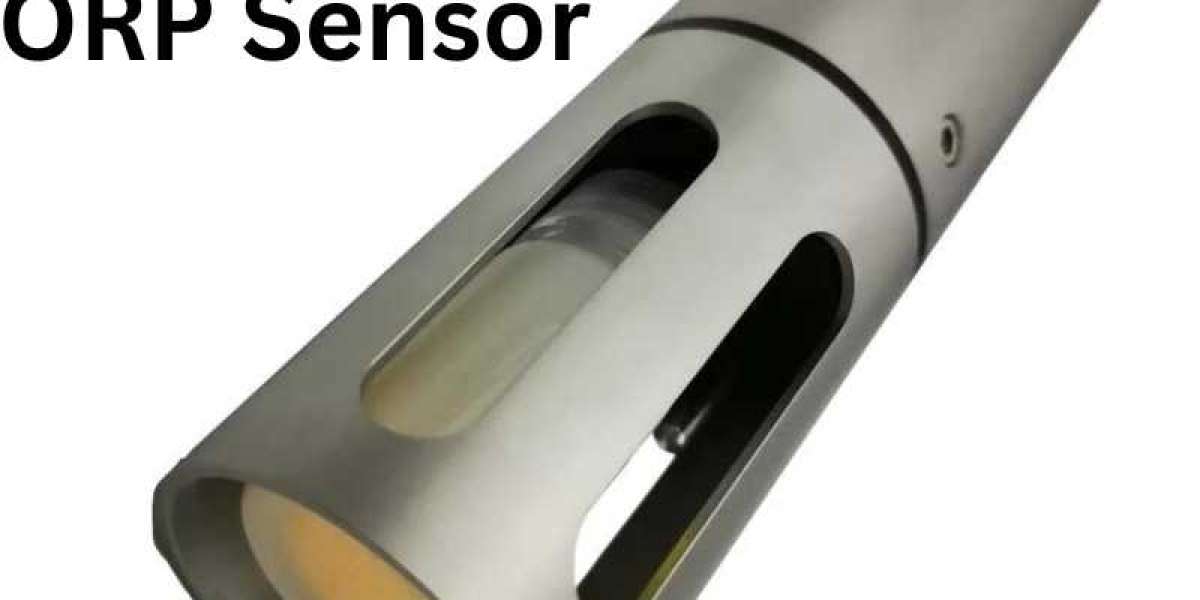What is an ORP Sensor?
ORP Sensor is a measure of the cleanliness of water and its ability to break down contaminants. It is expressed in millivolts (mV), with positive values indicating an oxidizing environment and negative values indicating a reducing environment. Water with a high ORP Sensor value is generally considered clean and safe, while lower values can indicate the presence of harmful substances.
The ORP measurement is essential in various sectors, including swimming pools, aquaculture, drinking water treatment, and industrial processes. In swimming pools, for example, maintaining an optimal ORP level is crucial for preventing algae growth and ensuring swimmer safety.
How ORP Sensors Work
ORP sensors typically consist of a sensing electrode and a reference electrode. The sensing electrode responds to the oxidation-reduction reactions occurring in the water, while the reference electrode provides a stable reference point for accurate measurements. The difference in voltage between the two electrodes is measured and converted into an ORP reading.
These sensors are often made from materials like platinum or gold due to their excellent conductivity and resistance to corrosion. They can be installed in-line or used as portable devices, making them versatile for different applications.
Applications of ORP Sensors
Water Treatment: ORP sensors are commonly used in water treatment facilities to monitor the effectiveness of disinfection processes. Maintaining a proper ORP level ensures that harmful pathogens are effectively eliminated, leading to safe drinking water.
Aquaculture: In aquaculture, ORP monitoring is critical for maintaining healthy aquatic environments. Fish and other aquatic organisms thrive in well-oxygenated waters. Regular ORP readings help farmers manage water quality, optimize feeding strategies, and reduce disease risks.
Swimming Pools and Spas: For pool and spa operators, ORP sensors are invaluable for ensuring water safety. They help maintain appropriate levels of chlorine and prevent the growth of bacteria and algae, thus providing a pleasant swimming experience.
Industrial Processes: Many industries, such as food and beverage, pharmaceuticals, and manufacturing, rely on ORP sensors to monitor and control chemical reactions. This helps improve product quality, reduce waste, and comply with environmental regulations.
Benefits of Using ORP Sensors
Real-time Monitoring: ORP sensors provide instant feedback on water quality, allowing for prompt adjustments to treatment processes.
Cost-Effectiveness: By optimizing chemical use based on ORP readings, facilities can reduce operational costs and minimize the environmental impact.
Enhanced Safety: Regular monitoring ensures compliance with safety standards, protecting public health and preventing costly shutdowns.
Conclusion
In summary, ORP sensors are essential tools for anyone involved in water quality management. By understanding their function and applications, individuals and industries can take proactive steps to ensure clean, safe water. Whether in swimming pools, aquaculture systems, or industrial processes, ORP sensors provide the insights needed to maintain optimal water conditions, ultimately contributing to public health and environmental sustainability. As technology advances, we can expect even more sophisticated ORP sensing solutions to emerge, further enhancing our ability to monitor and improve water quality.








